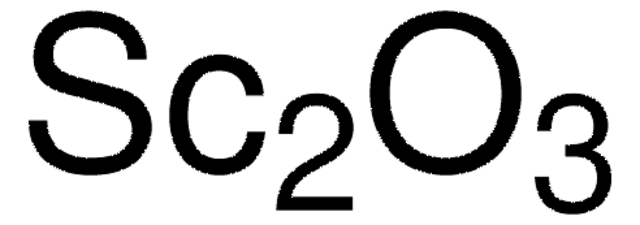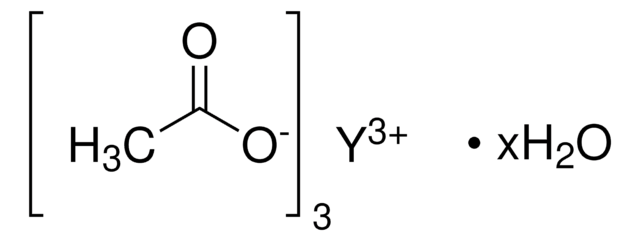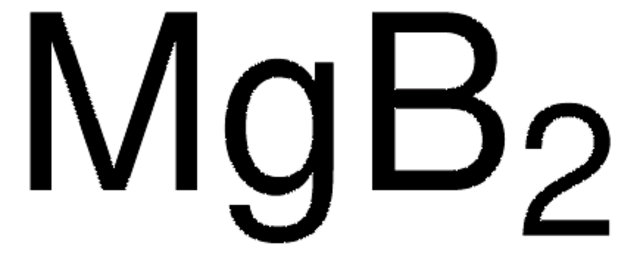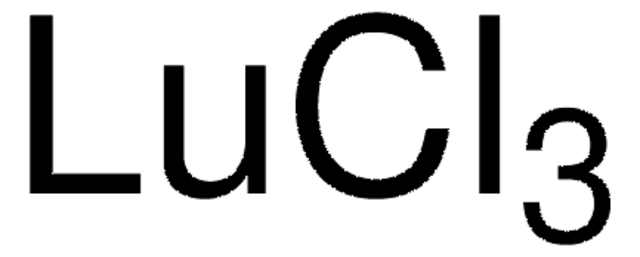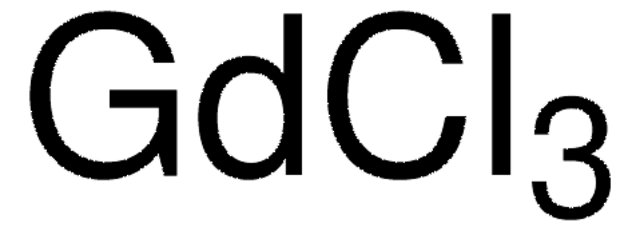451363
Yttrium(III) chloride
anhydrous, powder, 99.99% trace metals basis
Sinónimos:
Yttrium trichloride
About This Item
Productos recomendados
grade
anhydrous
assay
99.99% trace metals basis
form
powder
reaction suitability
reagent type: catalyst
core: yttrium
impurities
≤150.0 ppm Trace Rare Earth Analysis
mp
721 °C (lit.)
density
2.67 g/mL at 25 °C (lit.)
SMILES string
Cl[Y](Cl)Cl
InChI
1S/3ClH.Y/h3*1H;/q;;;+3/p-3
InChI key
PCMOZDDGXKIOLL-UHFFFAOYSA-K
¿Está buscando productos similares? Visita Guía de comparación de productos
General description
Application
- Efficient sky-blue perovskite light-emitting diodes via photoluminescence enhancement: This study demonstrates how adding yttrium (III) chloride to a perovskite mixture enhances photoluminescence quantum efficiency, significantly improving the performance of perovskite light-emitting diodes (Wang et al., 2019).
- Yttrium complexation and hydration in chloride-rich hydrothermal fluids: A combined study using molecular dynamics and X-ray absorption spectroscopy to understand yttrium′s complexation and hydration in chloride-rich hydrothermal environments (Guan et al., 2020).
Features and Benefits
For use with
signalword
Danger
hcodes
Hazard Classifications
Aquatic Acute 1 - Aquatic Chronic 1 - Eye Dam. 1 - Skin Sens. 1B
Storage Class
13 - Non Combustible Solids
wgk_germany
WGK 3
flash_point_f
Not applicable
flash_point_c
Not applicable
ppe
dust mask type N95 (US), Eyeshields, Gloves
Elija entre una de las versiones más recientes:
¿Ya tiene este producto?
Encuentre la documentación para los productos que ha comprado recientemente en la Biblioteca de documentos.
Los clientes también vieron
Artículos
Advanced Inorganic Materials for Solid State Lighting
The rare earth elements impact nearly everyone in the world. All of the people living in advanced technological countries and almost all those living in third world countries utilize the rare earths in their everyday living—the car that one drives (gasoline is refined from oil using rare earth catalysts and catalytic converters reduce the polluting emissions from the automotive exhaust), watching the news on TV (the red and green colors in TV screens), the telephones and computers we use to communicate (the permanent magnets in speakers and disc drives), just to name a few examples.
Nuestro equipo de científicos tiene experiencia en todas las áreas de investigación: Ciencias de la vida, Ciencia de los materiales, Síntesis química, Cromatografía, Analítica y muchas otras.
Póngase en contacto con el Servicio técnico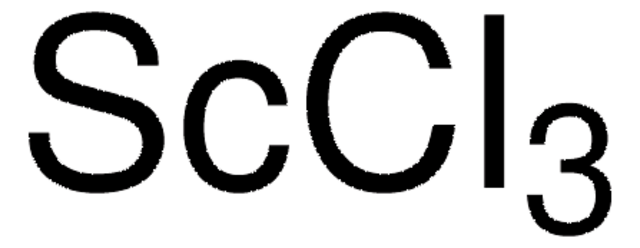
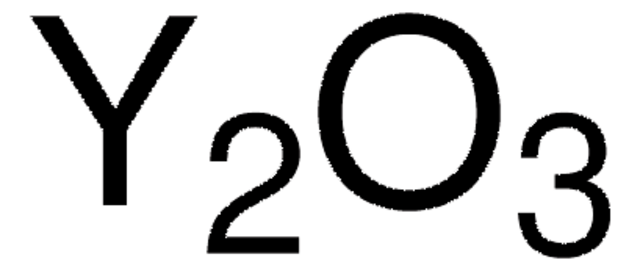

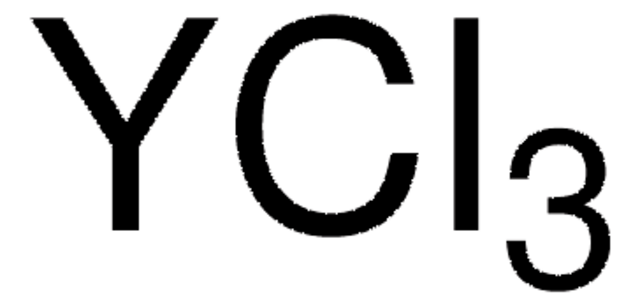

![Tris[N,N-bis(trimethylsilyl)amide]yttrium](/deepweb/assets/sigmaaldrich/product/structures/867/983/5b7cb7cd-8879-49e4-a9d7-29c52aaa82a0/640/5b7cb7cd-8879-49e4-a9d7-29c52aaa82a0.png)
